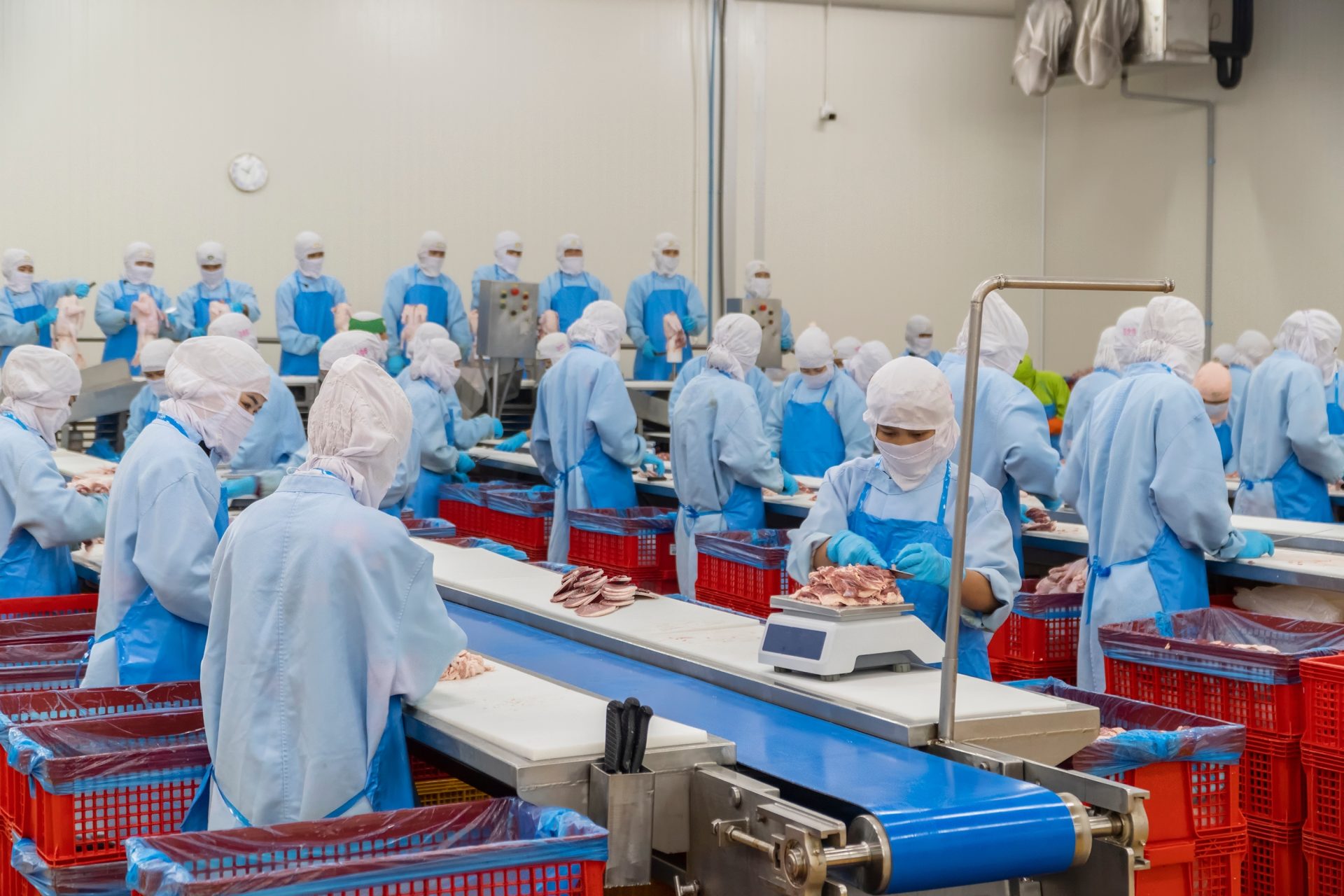
400K Factory Jobs OPEN – Few Qualified Workers!
Despite President Trump’s pledge to revive U.S. manufacturing, a severe labor shortage is crippling factory growth, with roughly 400,000 positions unfilled and companies unable to find enough qualified workers.
At a Glance
Nearly 400,000 U.S. manufacturing jobs remain open as companies face a deep skills shortage
One factory CEO reports finding only one qualified applicant for every 20 job openings
Trump’s reshoring efforts and tariffs have not closed the widening skills gap
Demand for modern tech skills, including automation, cybersecurity, and robotics, outpaces worker supply
Experts argue investment in vocational training is critical to solving the shortage
A Workforce Crisis in U.S. Factories
Manufacturers across the U.S. are sounding the alarm over a growing labor gap. In a report from The New York Times, executives say they face an acute shortage of skilled applicants, with one CEO revealing, “For every 20 open positions, there’s only one qualified candidate.”
Watch a report: America’s Factories Struggle to Find Workers.
Why Tariffs Alone Aren’t Enough
While President Trump has championed tariffs and reshoring as key tools to revive manufacturing, experts say these policies have done little to address the sector’s most urgent problem: workforce readiness. As Business Insider reports, the U.S. faces an aging manufacturing workforce, outdated training pipelines, and declining interest in industrial careers.
High-Tech Skills in Demand
Modern factories increasingly require workers trained in advanced technologies. As noted by the Manufacturing Institute, more than 3.8 million U.S. manufacturing jobs will need to be filled by 2033, many in fields like robotics, cybersecurity, and automation. Without targeted vocational programs, those positions may remain vacant.
A Broader Workforce Solution
Harvard economist Gordon Hanson suggests that focusing solely on manufacturing jobs may be too narrow. As covered by CNN Business, expanding training for non-college career pathways in healthcare, skilled trades, and IT could help bridge the employment gap across the economy.
The Bottom Line
Trump’s factory revival is running headfirst into a generational labor shortage. Unless major investments are made in workforce development, the U.S. manufacturing sector will struggle to deliver on its comeback, no matter how high the tariffs.